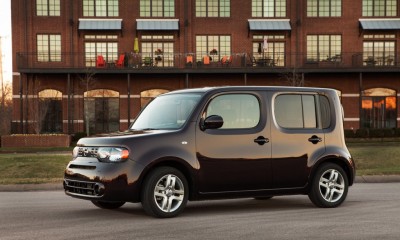
It’s hard to place just one label on the 2014 Nissan Cube, even if there are more and more segments coming to market each year. It’s not quite a wagon or a crossover, but …almost? It’s not quite a van, either. It’s certainly quirky to its core, and within those quirky limitations, it’s unrivaled in style and packaging.
The devil’s in the details–or in this case, the charm is–and while the Cube can just as easily be mistaken for a washer or fridge on wheels, we’d encourage you to take a closer look at the asymmetry of the windows, the beveled window frames, and flared sheetmetal, and it’s anything but simple. Pair all of that with Cube’s low-hanging aero work, and you’re looking at a car with a little more style than the Scion xB ever really developed. Inside, the Cube may look a little overdone with its rippled roof, shag dash accessory, and “Casual Lounge” theme. But, it’s functional, and it’s fun.
The Cube’s biggest shortcoming is found in its driving dynamics. Despite its low center of gravity and car-based platform, it’s not as sporty as you’d expect–in fact, it really doesn’t have much of a personality at all. A 1.8-liter four-cylinder produces 122 horsepower and drives the front wheels. With either the six-speed manual gearbox or the continuously variable automatic transmission (CVT), the Cube can move along rapidly enough, but it’s not at all a sports car, or the type of vehicle you’d fling into corners.
On the positive side, the Cube’s ride comfort is better even than some of the nicer sedans and crossovers in the economy market. What there is—and this probably comes as no surprise—is quite a bit of wind noise at highway speeds. Otherwise interior materials betray the Cube’s sub-$20,000 price tag, although all the styling touches will probably distract you from that for a while.
Seating is one of the Cube’s strengths, but cargo space may leave you wanting for more. The 2014 Nissan Cube has more space for people than you might guess from the outside, but if you need versatility, and to maximize space sometimes for larger items, you can do a lot better. The seats up front are much better than what you get in the Versa or Sentra–and of course a little higher–provided you aren’t cornering that hard, as there’s no significant side bolstering. The rear seat has enough space for two adults (possibly three, squeezed in), and it slides back and forth and also reclines–
though not all the way. Where you get into trouble is with larger cargo, as the seatback doesn’t simply flip forward or flat.
And the Cube is a good value for the money—especially considering the value of having something that’s genuinely different and quirky, yet also well-equipped. Prices are a bit higher for 2014, however; with the discontinuation of the base model, there are now just S and SL trims of the Cube–and if you want a manual transmission you’re stuck with the S, as the top SL is only offered with a CVT. The S includes a lot of popular features, but step up to the SL and you get automatic climate control, alloy wheels, an Intelligent Key system, Bluetooth connectivity, and an upgraded sound system that includes iPod connectivity.
Beyond that, a Preferred Package that adds an SD-based navigation system with XM NavTraffic capability, plus Rockford Fosgate audio with a subwoofer, XM satellite radio, and front fog lamps. And if you want appearance extras, though, you’re in luck. There are more than 40 different accessories available at the dealership, and they range from practical items like cargo organizers to custom wheels, decals, and other appearance options.
Cardinale Nissan
1661 Del Monte Blvd
Seaside, California 93955
Phone: 888-928-4118
Website: www.cardinalenissan.com










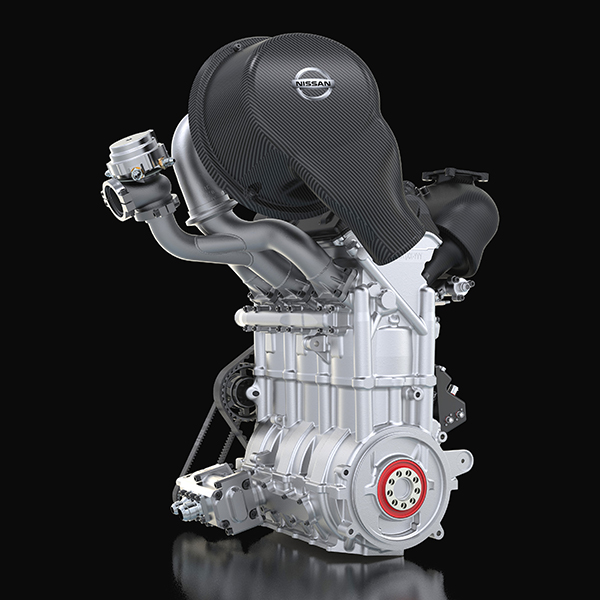
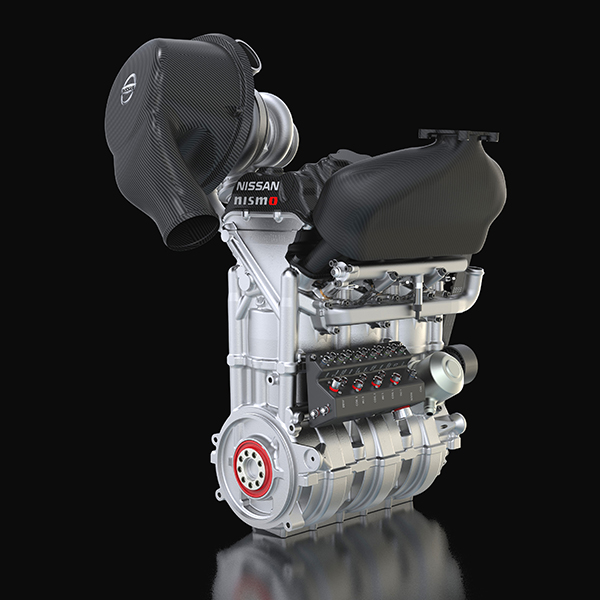
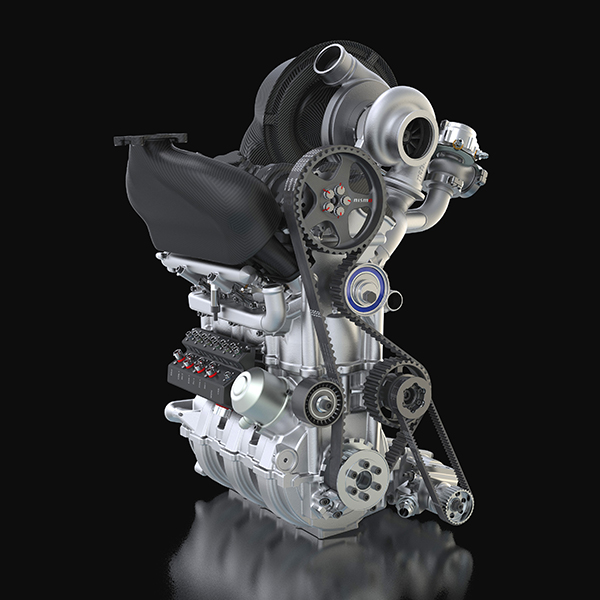
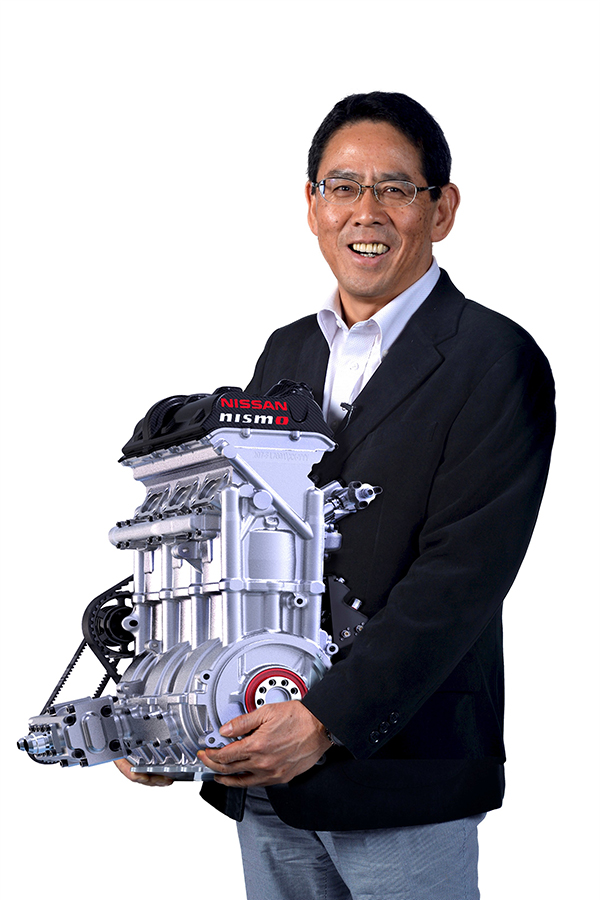

 The 2014 Nissan Juke have gone on sale starting at a price of $18,990.
The 2014 Nissan Juke have gone on sale starting at a price of $18,990.

